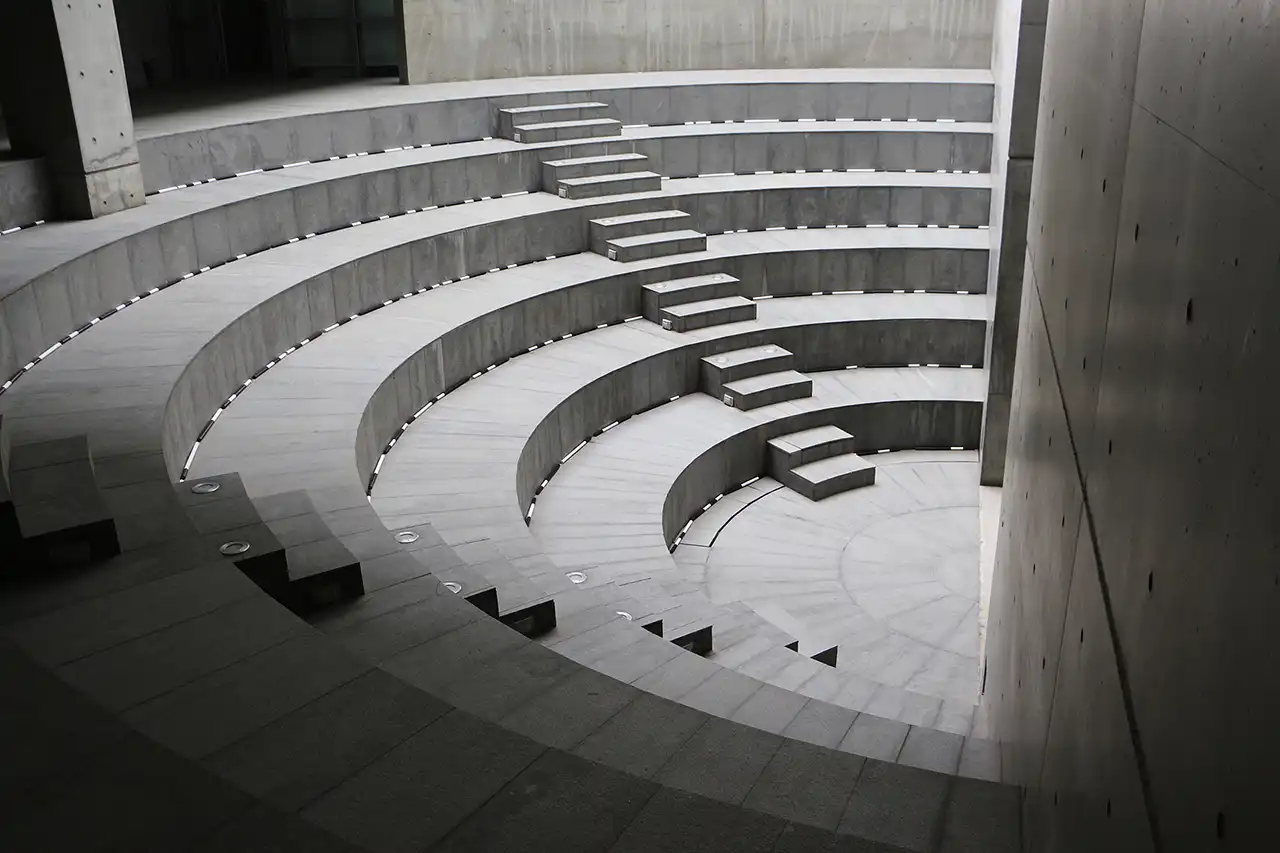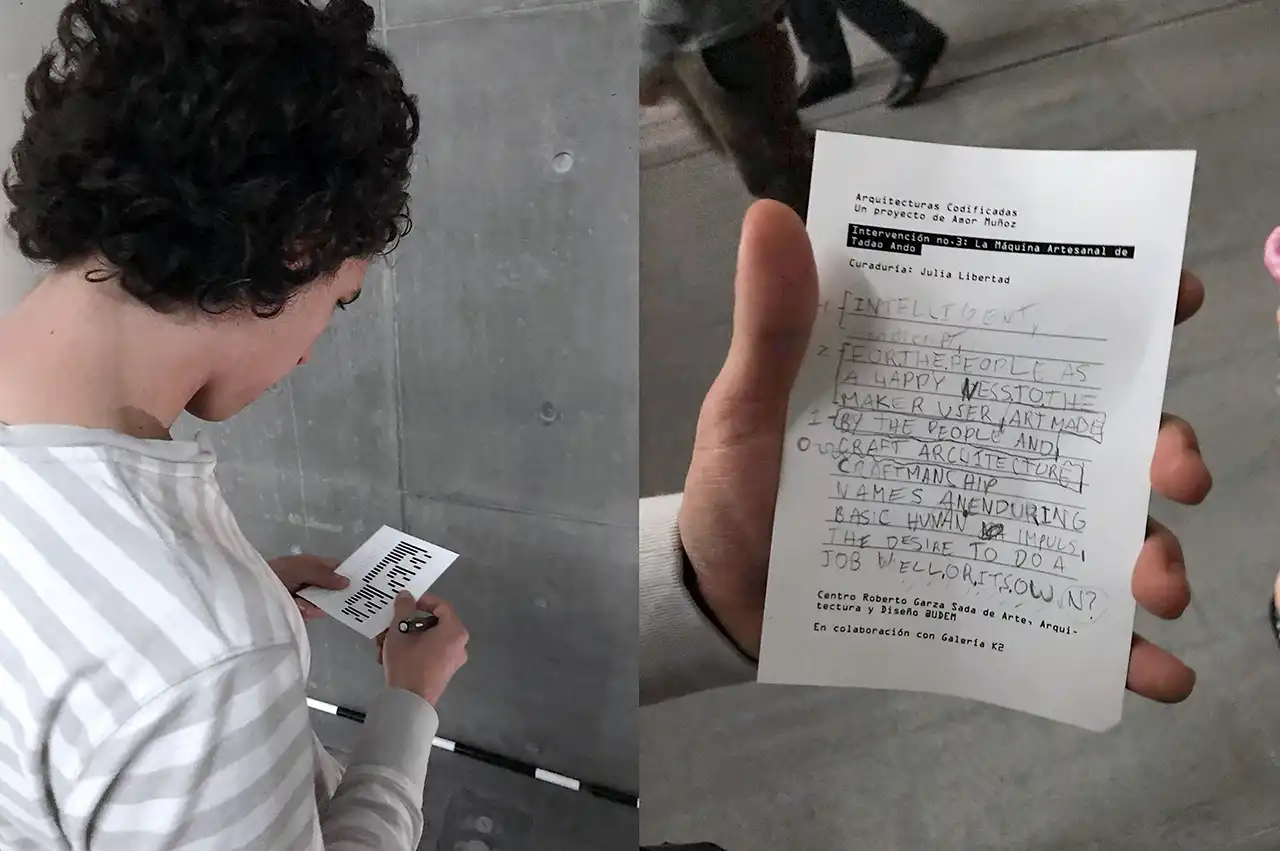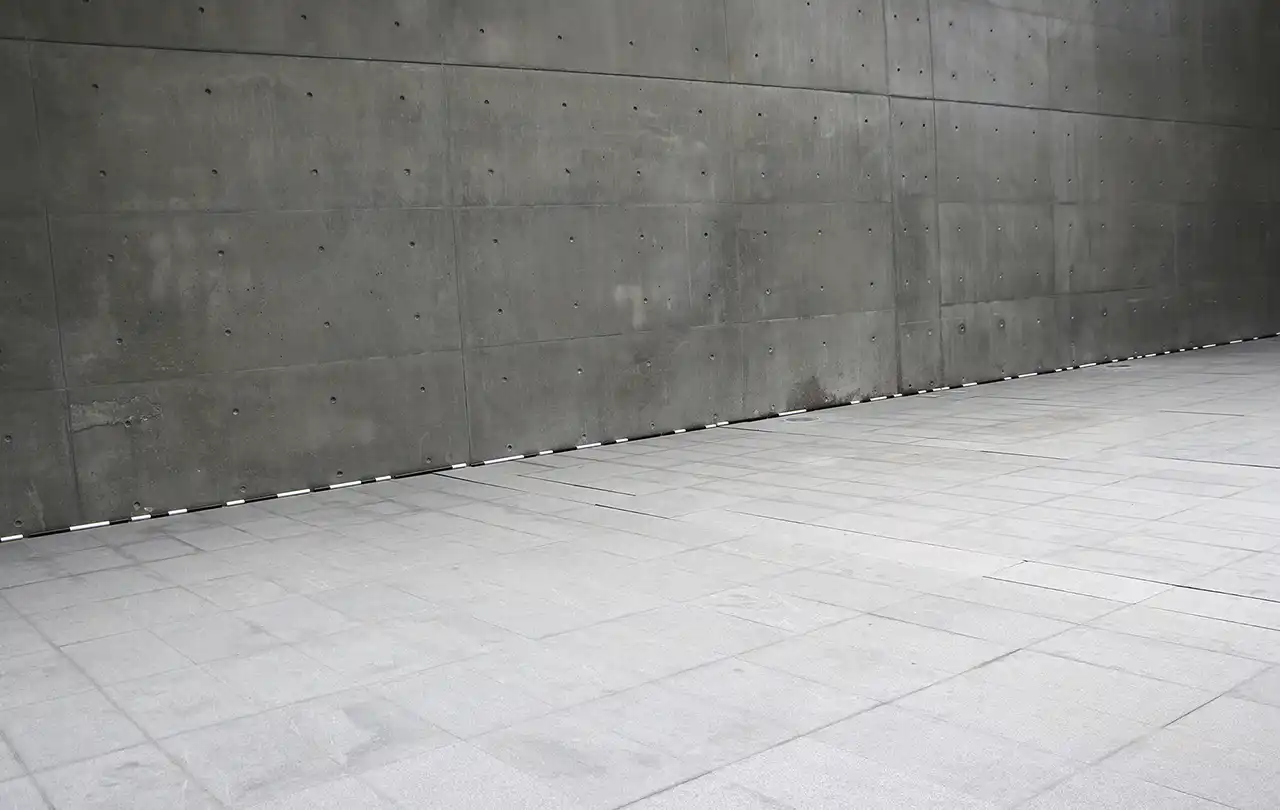Coded Architecture 0.2 / The Artisanal Machine of Tadao Ando (2018)
ARTWORKS II / POETIC CODE
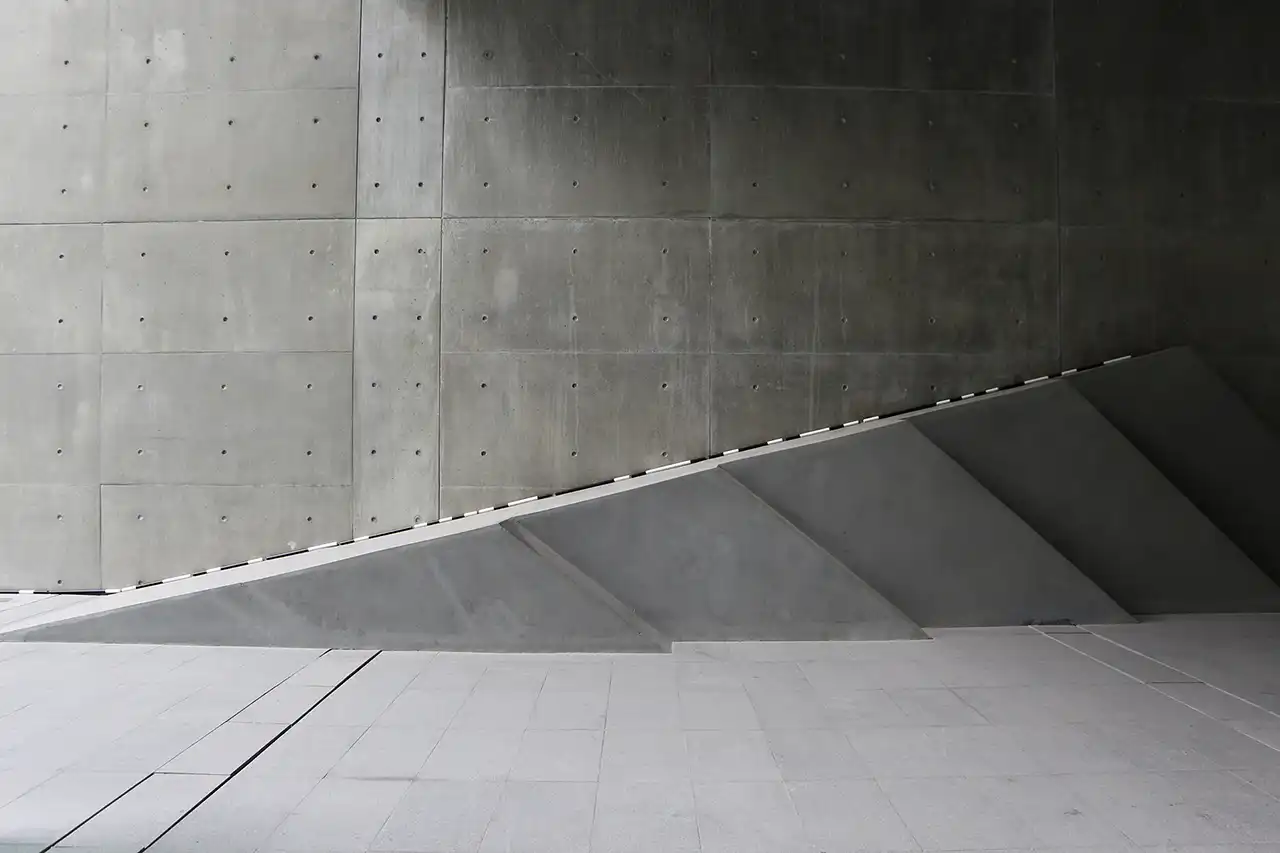
Comparing digital coding to craftsmanship is an idea that may seem contradictory at first. However, several academics have exalted the figure of the artisan as a role model not only for computer programming but for a large number of human activities that are not necessarily associated with the process of artisanal creation, such as architecture or medicine. In ancient Greece, the ideal of craftsmanship united the craft with the participation of community to achieve manufacturing excellence in each object. The knowledge and manual dexterity are explored within a social organization in guilds that facilitate solving problems from horizontality. Sociologist Richard Sennett supports the idea of returning to aspects of this work model and describes its similarity in the case of the community of programmers who originated Linux.
Amor Muñoz places the debate between art and craft at the center of her practice; however, she takes it to a more complex level by combining it with electronic means, labor manual, concepts of architecture, memory and language, simplifying processes technological to its smallest expression. In this way her practice uses the manual skill for the creation of functional objects that at the same time express complex artistic and social concepts. Muñoz’s work occupies the limits of art to propose questions about technology, transmission and application of knowledge, coding, community wisdom and manufacturing.
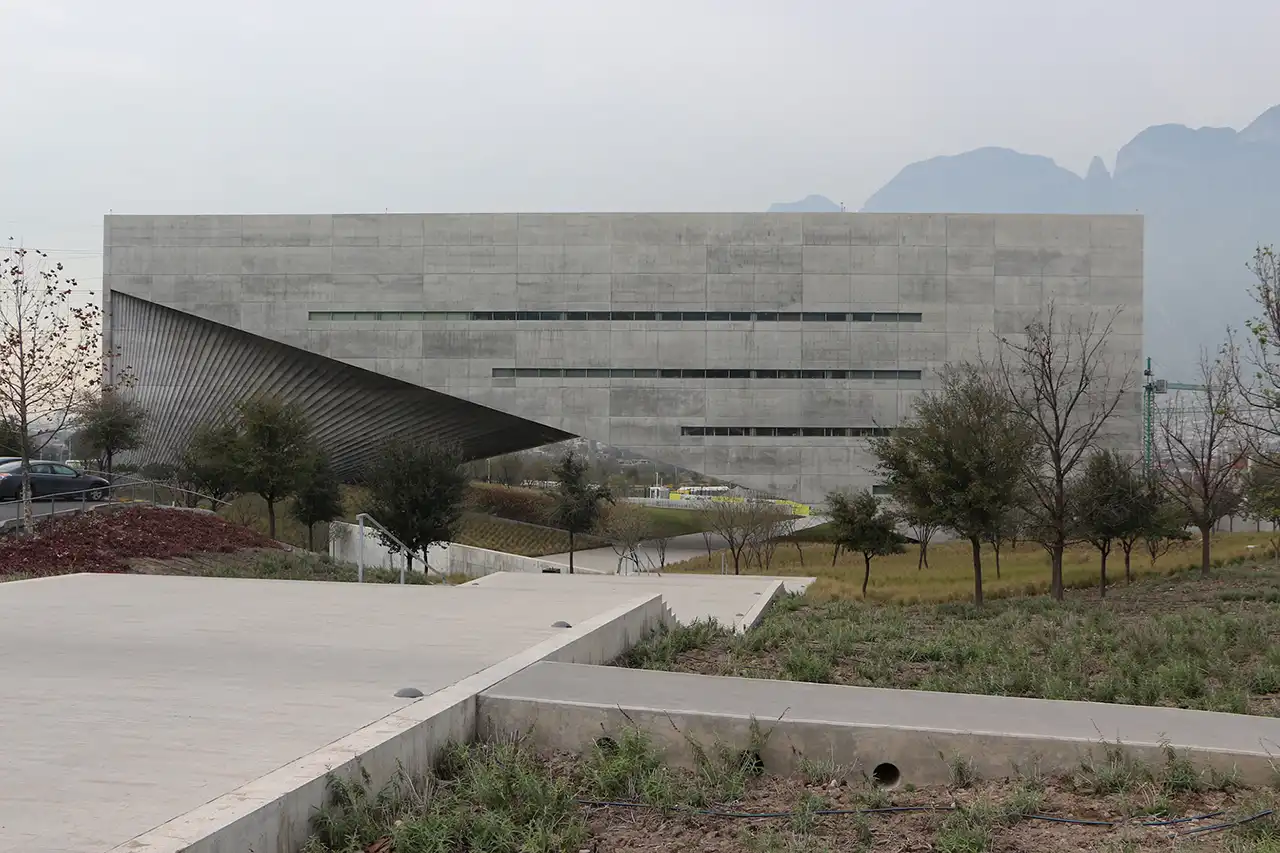
The Artisanal Machine of Tadao Ando amalgamates these concepts and takes them within a particular architectural context in the Roberto Garza Sada Center in Monterrey designed by Japanese architect. The artist is interested in thinking about architecture as part of craftsmanship, that is, a set of knowledge that is transmitted in community and that imply the skill and thoroughness of their creator, at the same time they fulfill a particular function. It is again the exploration of the border between art and craft that leads her to perform this piece, where she uses “analog” technology consisting of cards printed with the graphic binary alphabet and sticks painted with different combinations of black and white to assign letters, which gives place to the interaction with the public and the piece, to the moment in which she tries to decipher the information, in order to evoke digital technology (zeros and ones, memory and data
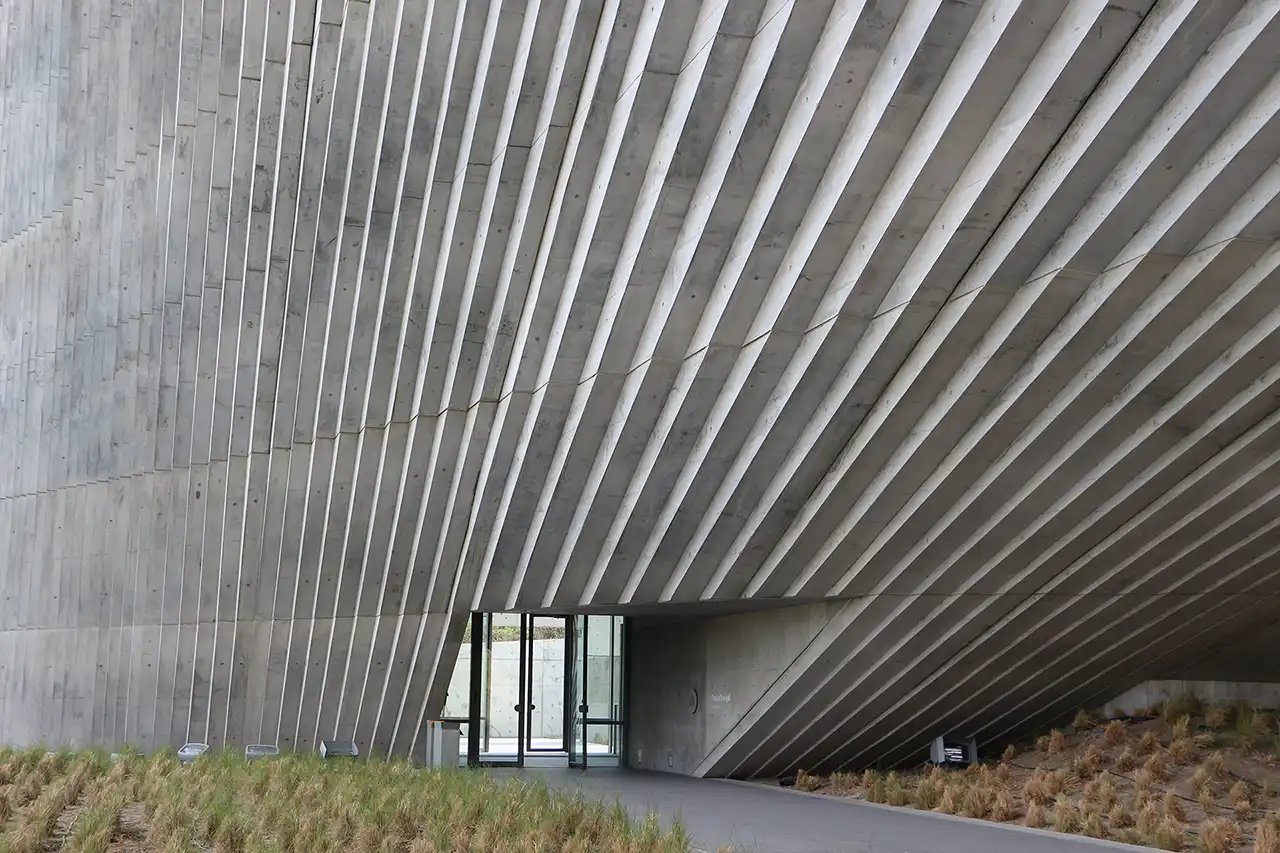
The set of phrases coded with Muñoz’s pieces evoke the importance of craftsmanship in the evolution of societies. Human development, its improvement in the creation of useful objects, has determined the direction of the industrial and digital technology. Thinkers like William Morris and Sennett, who studied the relationship between man and his creation, they propose that excellence in realization of an object is the expression of pleasure in work and the culmination in a art. In Muñoz’s installation, the public forms a central part of the piece as it is the decoder of the messages, culminating the artist’s interactive work.
Julia Libertad.
